Food, Inc
I've been really curious to see this movie and I enjoyed this piece in today's Food section in the Washington Post (for more, check out http://voices.washingtonpost.com/all-we-can-eat/sustainable-food/gut-check-pollan.html)
We're Getting A Bad Feeling About Our Food
Editor's Note: Gut Check is a new biweekly column on the politics of food.
"Does for the supermarket what 'Jaws' did for the beach," says Variety's John Anderson. "Everyone should see 'Food, Inc.,' " enthuses this newspaper.
It's high praise, and not undeserved: "Food, Inc." is certainly an important film. But, like the movement that spawned it, it's also a frustrating one. It's driven less by a thesis than by an intuition: Something is wrong with our food production system. It's just not clear what. Over the course of 94 minutes, we wander through meatpacking plants and fast-food drive-throughs and the halls of Congress. We meet a mother who lost her son to tainted meat and a farmer who can no longer stomach Tyson's treatment of her chickens. We stop in with a hyper-charismatic farmer who pets his pigs and preaches sustainability and loathes corporate cash cows, then travel with a hippie yogurt baron who touts his company as the ethical future of big-box food.
The sense that something is wrong with our food quickly blurs into the suggestion that everything is wrong with our food. It has too much bacteria but also too many pesticides. It is too expensive, but we do not spend enough money on it. We need fewer corporations, or maybe more corporations run by the yogurt guy. With so much wrong, it is hard to know where to start. And sometimes, in fact, it seems that fixing one problem would create another: Making fruits and vegetables cheaper, for instance, is hard to do if you also want them to be organic.
But despite its overwhelming complexity, "Food, Inc." joins "In Defense of Food," "Fast Food Nation," "Super Size Me" and dozens of other polemical books and films in the necessary effort to convince us that checking out at the supermarket is, on some level, a political act, with consequences for ourselves, our families and our world.
Amid all the concern over global warming, we are beginning to reckon with the fact that meat production accounts for more carbon emissions than cars. As we labor to reform the country's health-care system, we now realize that the skyrocketing costs are in no small part due to the way our diets make us obese and sick. An IBM poll released last week found that 77 percent of Americans want more information about the food they buy. That's no surprise. As food writer Michael Pollan says at the start of the film, "the way we eat has changed more in the last 50 years than the previous 10,000." The way we think about the way we eat hasn't kept up.
Quite the opposite, in fact. We know rather less about our food than our grandparents did. In part, that's because the process of creating food in a lab is less familiar than the process of growing it in a garden. Food producers might have to print ingredient lists, but no one ever passed a law saying we had to understand them. (How do you hydrogenate an oil, anyway?)
But there also has been a concerted effort to pull a curtain across the food production system. You see that twice in "Food, Inc." Once, when a farmer who raises chickens for Tyson agrees to allow cameras onto his farm, only to have Tyson quickly call and persuade him to rescind his offer. And again, when Monsanto refuses to comment on, well, anything. It's one thing to be kept out of Dick Cheney's underground lair(s?). But we'reeating this stuff.
It's little better in Washington. Last month I sat down with Pollan, who consulted on "Food, Inc.," and Robert Kenner, who directed it. "The way farm policy gets made in this town is within a very tight group of people," Pollan said. "Industry, committees on the Hill, the USDA, and very little input from us."
A nice example came in January, when the USDA released its guidelines for producers who want to affix the "naturally raised" logo to their meat. Such companies would have to ensure that their animals "have been raised entirely without growth promotants, antibiotics (except for ionophores used as coccidiostats for parasite control), and have never been fed animal byproducts." I know that's what I think of when I imagine an animal living naturally.
"Transparency," Pollan said, "is one of the unifying themes. You can talk about personal responsibility all you want. But you need good information before you can exercise personal responsibility." And that's where this column comes in. Twice a month, we'll take a look at the evolving politics and policy of food: from farms to Congress, on land and in sea, within and without the District. Because it's not that something is wrong with our food. It's that particular things are wrong with our food. And knowing what those things are is the first step toward fixing them.
Ezra Klein can be reached at kleine@washpost.com or through his blog at http:/
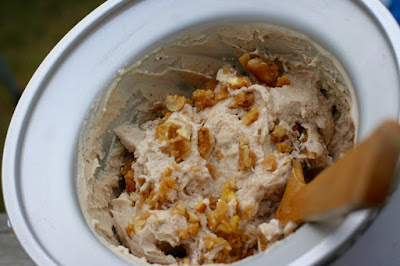

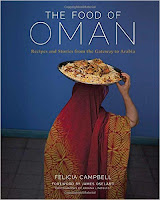
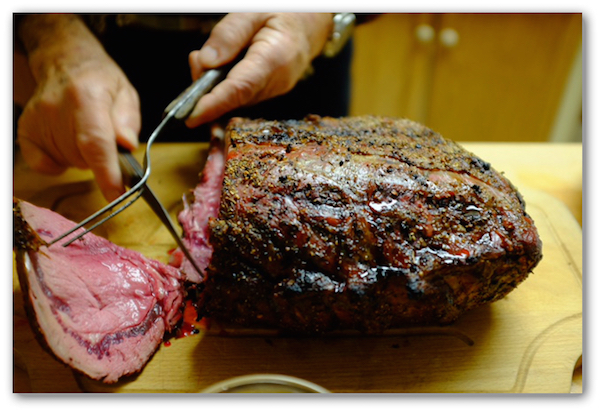
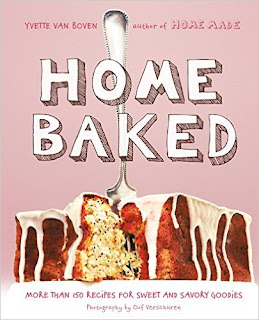
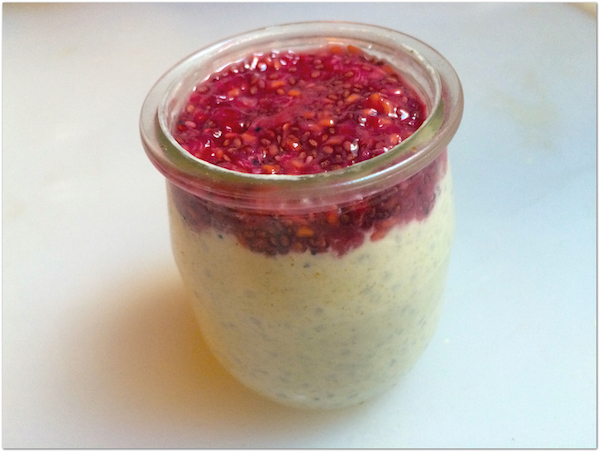



Comments: 0
Post a Comment